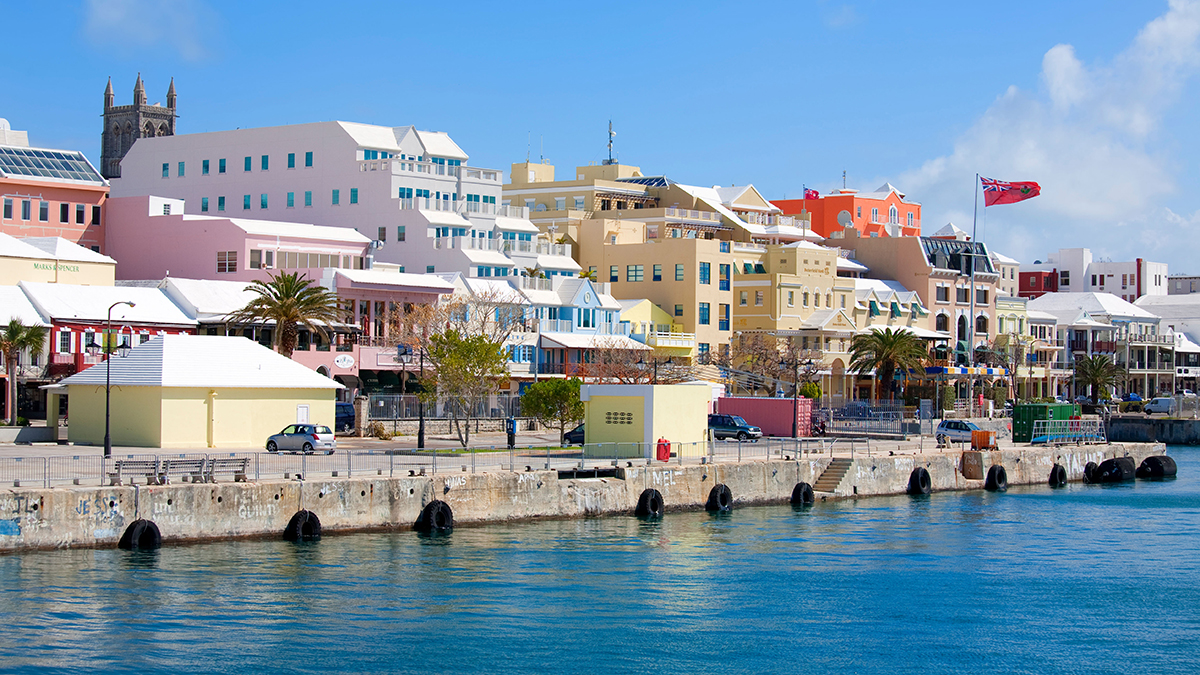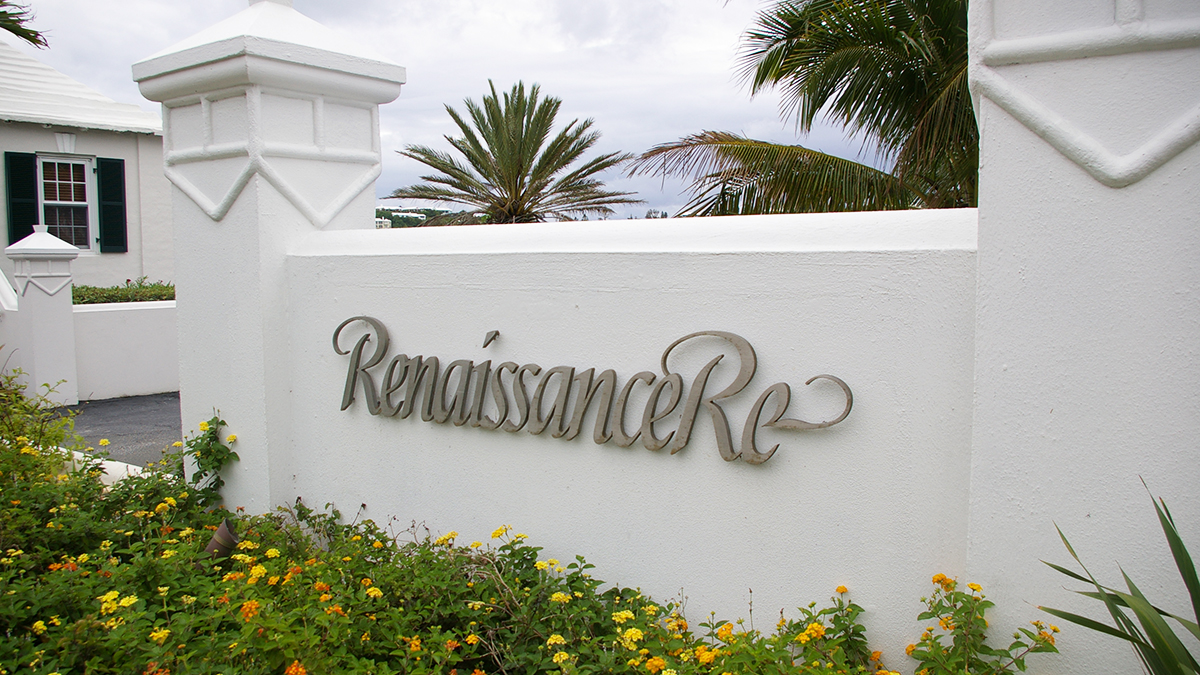RenRe leads Bermudians on underlying performance
RenaissanceRe's accident-year combined ratio excluding catastrophe losses of 79.5% for the three months to the end of March puts it nearly three percentage points ahead of the next-best performer, Arch Capital, which booked a ratio of 82.2%
Kevin O’Donnell-led carrier reports attritional combined ratio of 79.5% for the three months to the end of March
RenaissanceRe continued to achieve the best underlying performance among its Bermudian peers in the first quarter of 2023.
Analysis by Insurance Day showed the Kevin O’Donnell-led company achieved an accident-year combined ratio excluding catastrophe losses of 79.5% for the three months to the end of March.
This put it nearly three percentage points ahead of the next-best performer, Arch Capital, which booked an accident-year ex-cat combined ratio of 82.2%.
Insurance Day analysed the underlying (or attritional) performance of four leading Bermuda carriers – Arch Capital, Axis Capital, Everest Re Group and RenRe – to see how the companies performed when catastrophe losses and prior-year development were stripped out.
Of the four Bermudian carriers examined, Axis had the worst underlying performance, reporting an attritional combined ratio of 88.1%.
Top performer RenRe’s stand-out underlying result was achieved through a particularly strong performance in its property division, which achieved an underlying combined ratio of 56.8% in the first quarter of 2023 – although this was up 1.8 points on the prior-year quarter.
The slight deterioration in the property performance appears to be driven by an uptick in attritional losses and also increased underwriting expenses due to reduced reinstatement premiums in its property business.
As a significant writer of property catastrophe reinsurance, it is also valuable to look at the company’s performance including catastrophe losses.
Here, RenRe performed well, slashing 4.3 points off the property division’s accident-year combined ratio to 68.5% (despite 11.7 points of large weather-related losses).
RenRe’s casualty and specialty division reported an improved underlying performance of 95.2% in the first quarter of 2023 driven by lower attritional losses.
Arch was the next-best performer with an underlying combined ratio at 82.2%, although this was 1.4 points higher than a year ago, in part driven by its mortgage division.
The insurance division reported an improved attritional performance in the quarter on the back of lower expenses and attritional losses.
Arch’s insurance underwriting income rose 81% in the quarter to $114m, as the division’s attritional combined ratio improved 1.0 point to 89.8%.
But the group’s reinsurance attritional combined ratio ticked up 0.6 points to 83.3%. Despite this, reinsurance underwriting profit almost doubled to $213m supported by lower catastrophe losses and reserve releases.
Axis Capital's performance was heavily influenced by its exit from property reinsurance business.
The group’s reinsurance attritional combined ratio deteriorated 1.4 points to 88.9% in the quarter. Underwriting profit fell 19% to $36m, while gross written premiums declined 26% to $967m.
The insurance segment’s underlying combined ratio edged up 0.3 points to 84.4% due to “heightened loss trends” in liability lines. However, the division’s underwriting profit rose 9.5% to $103m.
Everest Re's quarterly underlying combined ratio of 87.5% was broadly flat compared the first quarter a year earlier.
The re/insurance industry was hit by around $15bn of catastrophe losses in the quarter, including the earthquake in Turkey, flooding in New Zealand and the outbreak of severe convective storm activity in the US.
Overall, the quarter’s catastrophe losses were lower than in the first quarter of 2022.
RenRe had the largest catastrophe exposure in this year’s first quarter, with weather-related losses costing the company around $80m net – and adding 4.7 points to the combined ratio.
Everest Re had the next-highest catastrophe exposure, with weather losses adding 3.7 points to the combined ratio.



